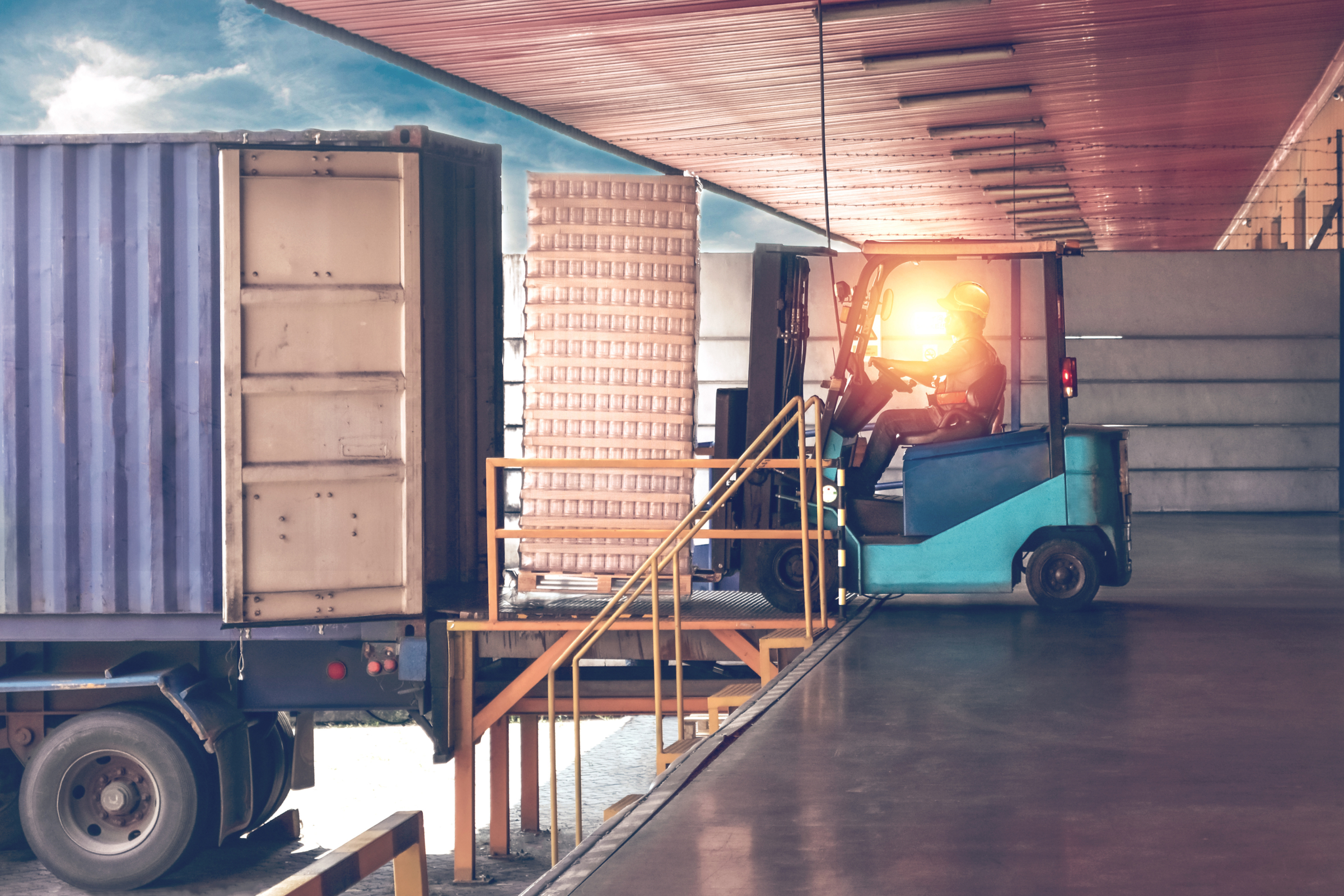- Home
- Knowledge center
- Blog
- Stay on the safe side in dangerous goods warehouse handling
Blog
STAY ON THE SAFE SIDE IN DANGEROUS GOODS WAREHOUSE HANDLING
Everyone that is transporting dangerous goods has a legal and moral responsibility to do this in a safe way. Dangerous goods (DG), are substances that when transported are a risk to health, safety, property or the environment, such as lithium batteries, chemicals, plastics, food flavourings, perfume, soaps, detergents, cosmetics, dyes and paints. And the management of dangerous goods starts already in the warehouse. In this blog post Chief Product Officer Patrik Olsson describes what you should do to be able to handle dangerous goods just as easy as any other product, thus saving time and costs in the warehouse, but still be sure that you manage dangerous goods in a safe way.
If you are transporting dangerous goods you are obliged to follow a complex set of rules all based on “Recommendations on the transport of Dangerous Goods – Model Regulations”, known as “The Orange Book,” issued by the United Nations Committee of Experts on the Transportation of Dangerous Goods and the Globally Harmonized System of Classification and Labeling. Depending on the mode of transport road, rail, sea, air or inland waterway there are different regulations.
If you then add that small quantities of a substance might be ok without additional measures while larger quantities requires special treatment you soon realise that dangerous goods management requires specialist knowledge and special attention in the warehouse when preparing transportation. Not having the knowledge and the system support to manage dangerous goods can be very costly both in terms of fine and the moral responsibility if a person or nature gets damaged during transportation.
At the same time, in today’s demanding business environment, the capability of adding and managing dangerous goods articles efficiently can be a competitive advantage and not something all suppliers are capable of. In other words, an effective handling of dangerous goods is important for many good reasons.
What does this mean for your warehouse operations?
It starts with your product range and getting all the relevant data in place. If an article is classified as dangerous goods you need to have information stored for this article to be able to treat it the right way in the warehouse and the best way is to have this information stored in your WMS – Warehouse Management System. As stated before it is challenging to have the necessary expertise around dangerous goods and the related article data internally so my recommendation would be to integrate your WMS to a dangerous goods management system that can feed the WMS with relevant article data for dangerous goods as for example UN number which is a four digit number specified by UN. One example of Dangerous goods management system is DGOffice.net, but there are others.
Based on that you have all the relevant article data in your WMS you will now be able to utilise this information in the different processes in the warehouse. As a starting point we are able to highlight to warehouse operators in different processes that requires certain attention that they are managing dangerous goods. To be able to utilise the dangerous article data the WMS needs to incorporate business logic to be able to calculate what articles at what quantities that is allowed to be packed and shipped together. With this kind of logic in place the WMS will consider if an order includes dangerous goods and if it exceeds minimum allowed quantity. The WMS will make the box calculation and define what articles and in what quantities we can pack and ship together, including selecting the right boxes to pick into and describe how it needs to be packed.
The WMS will also print the correct label for the boxes with the right Dangerous goods marking. Based on this the warehouse picking and packing will be executed. In the packing step we also verifies that the transport packaging fulfills the dangerous goods regulations. If any reprioritisations or changes occur during picking and packing the relevant information will be updated in the WMS and if needed new labels will be printed. Based on the real time information stored in the WMS on what articles that will be shipped together the necessary transport documentation can be requested from the Dangerous Goods Management system, using the integration we described earlier. This way you will be able to print the necessary transport documentation related to transport of dangerous goods from the WMS.
Conclusion
To conclude, to manage your dangerous goods safely and efficiently you need to have dangerous goods management integrated in your tools and processes in the warehouse to be able to manage your existing storage efficiently but also manage an increasing product range of dangerous goods. That way you’ll be saving time and costs in the warehouse and gain a competitive advantage!
